Vitamine C
La vitamine C est la vitamine vedette de Linus Pauling, chimiste, double prix Nobel. Tous les mammifères, à trois exceptions près (primates, cochon d’Inde et certaines chauves-souris), produisent de l’acide ascorbique à partir du sucre (via le glucoronolactone). Les chiens par exemple, produisent environ 18 g d’acide ascorbique par jour. C’est cette dose que Linus Pauling a prise tous les jours (en poudre), jusqu’à sa mort à 93 ans. https://orthomolecular.org/resources/omns/v05n09.shtml
Controverses
Santé Canada a établi la dose limite à 2 000 mg par jour parce que la vitamine C est dangereuse à des dosages plus élevés
Cette limite devrait s’écrire 2 000 mg par dose parce que, à partir de cette dose, le risque de selles molles augmente. C’est pourquoi les naturopathes recommandent de prendre 1 000 mg aux heures, jusqu’à saturation (déterminée par l’apparition de diarrhée qu’ils nomment vitamin C flush). Ensuite, ils considèrent que la dose quotidienne qui convient à la personne est celle qui a été prise jusqu’à l’apparition du flush, moins un gramme.(1)
La vitamine C cause des calculs rénaux
Voilà bien un mythe qui a la vie dure. En fait, il est vrai que le métabolisme de la vitamine C produit des oxalates. Par contre, le lien entre la consommation de vitamine C à haut dosage (3 000 mg/jr et plus) n’est simplement pas là.(2) Dans des études de cohortes où les données sont obtenues par des questionnaires, on peut voir apparaitre une tendance.(3) Il faut cependant se souvenir que les questionnaires sont à tout le moins… questionnables.(4) La controverse demeure.
La vitamine C ne traite ni ne prévient le rhume
En fait, chez les gens stressés ou en surentrainement, 1 000 mg/jr (ou plus) peuvent avoir un effet anti-viral. Les médecins orthomoléculaires et ceux de médecine fonctionnelle recommandent toujours la vitamine C à très haute dose.(5-8)
La vitamine C prévient et traite le cancer
Il est vrai que des protocoles dans lesquels la vitamine C intraveineuse a été donnée à très haut dosage (75 à 200 g/jour) auraient montré des effets sur le cancer, mais la preuve n’est pas suffisante. D’ailleurs, le cancer ne se traite pas avec une seule substance, naturelle ou autre.
Indications et doses
- L’ANR est de 75 mg pour les femmes et de 90 mg pour les hommes.
- Selon Michels et Frei, la quantité nécessaire pour obtenir une saturation des globules blancs (donc l’apport qu’ils recommandent) est de 200 mg/jr.(9)
- Stress/surentrainement et fragilité au rhume : 1 000 à 1 500 mg/jr.(10)
- Anti-âge et anti-ride (oral) : 1 000 mg et plus.(11)
Précautions
Les doses de plusieurs grammes par jour peuvent avoir certaines interactions. Les doses usuelles n’en ont pas. Par contre, plusieurs médicaments (comme les anovulants) diminuent le taux de vitamine C.
Types de produits disponibles
Formes : comprimés, capsules, effervescents (en sachet ou comprimés).
Les formules en sachets contenant 1 000 mg de vitamine C + électrolytes + vitamines B sont très populaires (ex : Emergen-C).
Références – vitamine C
1. Cathcart RF. Vitamin C, titrating to bowel tolerance, anascorbemia, and acute induced scurvy. Medical Hypotheses, 7:1359-1376, 1981.
2. Curhan GC, Willett WC, Speizer FE, Stampfer MJ. Intake of vitamins B6 and C and the risk of kidney stones in women. J Am Soc Nephrol. 1999 Apr;10(4):840-5. PubMed PMID: 10203369.
3. Thomas LD, Elinder CG, Tiselius HG, Wolk A, Akesson A. Ascorbic acid supplements and kidney stone incidence among men: a prospective study. JAMA Intern Med. 2013 Mar 11;173(5):386-8. doi: 10.1001/jamainternmed.2013.2296. PubMed PMID: 23381591.
4. Explication et commentaire sur l’étude de Thomas et al. : What Really Causes Kidney Stones. Orthomolecular Medicine News Service, February 11, 2013
5. Saul AW. Vitamin C As An Antiviral: It's All About Dose. Orthomolecular Medicine News Service, December 3, 2009
6. Smith RG. Flu, Viruses, and Vitamin C Megadoses: A Personal Statement. Orthomolecular Medicine News Service, November 17, 2009
7. Douglas RM, Hemilä H, Chalker E, Treacy B. Vitamin C for preventing and treating the common cold. Cochrane Database Syst Rev. 2007 Jul 18;(3):CD000980. Review. PubMed PMID: 17636648.
8. Roxas M, Jurenka J. Colds and influenza: a review of diagnosis and conventional, botanical, and nutritional considerations. Altern Med Rev. 2007 Mar;12(1):25-48. Review. PubMed PMID: 17397266.
9. Michels AJ, Frei B. Myths, Artifacts, and Fatal Flaws: Identifying Limitations and Opportunities in Vitamin C Research. Nutrients. 2013, 5(12), 5161-5192; doi:10.3390/nu5125161
10. Peters EM, Anderson R, Nieman DC, Fickl H, Jogessar V. Vitamin C supplementation attenuates the increases in circulating cortisol, adrenaline and anti-inflammatory polypeptides following ultramarathon running. Int J Sports Med. 2001 Oct;22(7):537-43. PubMed PMID: 11590482.
11. Eskurza I, Monahan KD, Robinson JA, Seals DR. Effect of acute and chronic ascorbic acid on flow-mediated dilatation with sedentary and physically active human ageing. J Physiol. 2004 Apr 1;556(Pt 1):315-24. Epub 2004 Jan 30. Erratum in: J Physiol. 2004 May 1;556(Pt 3):1014. PubMed PMID: 14754992; PubMed Central PMCID: PMC1664895.

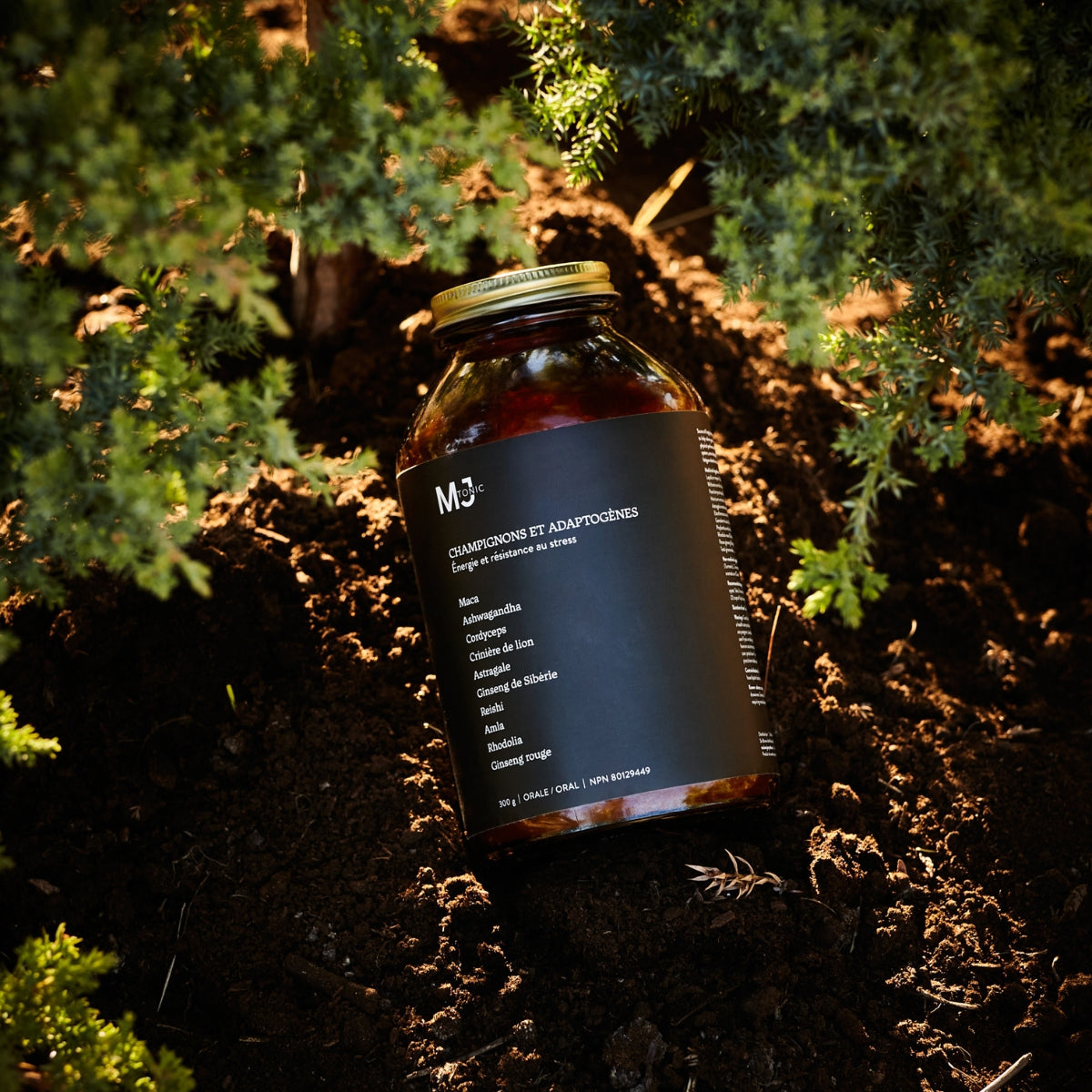




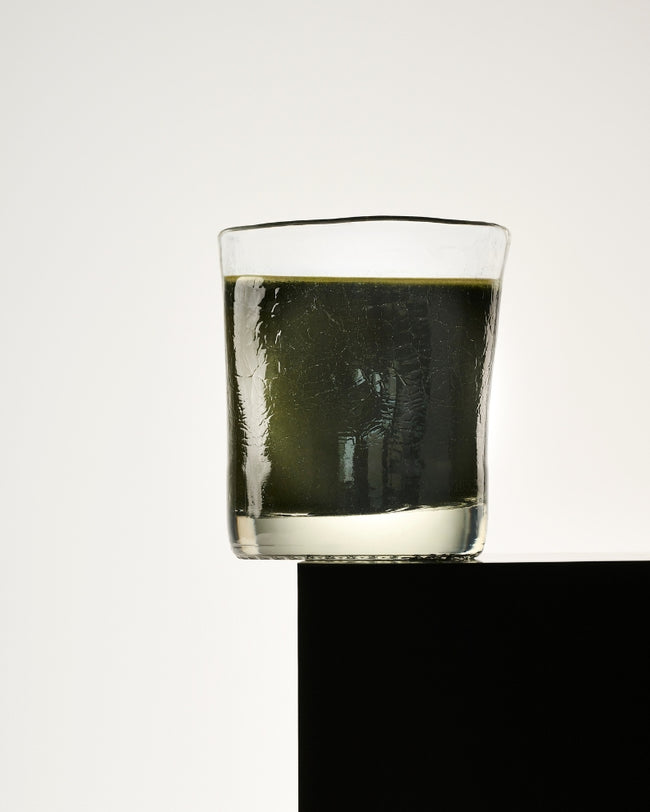



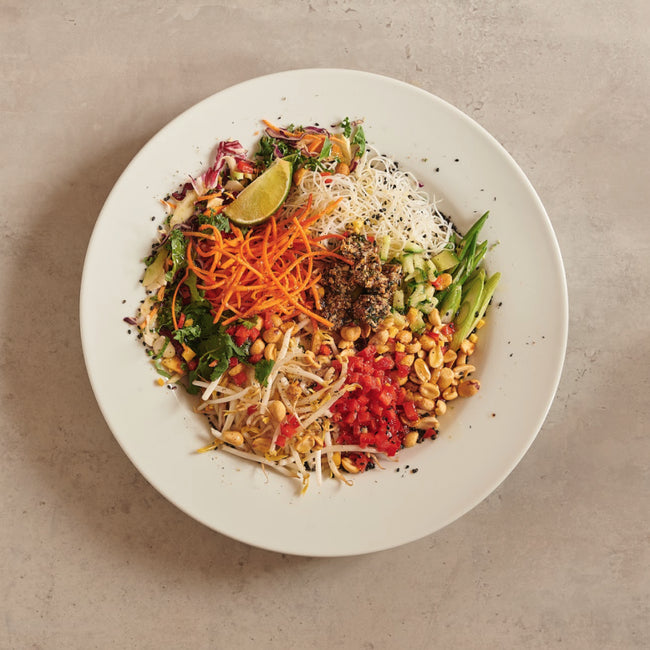







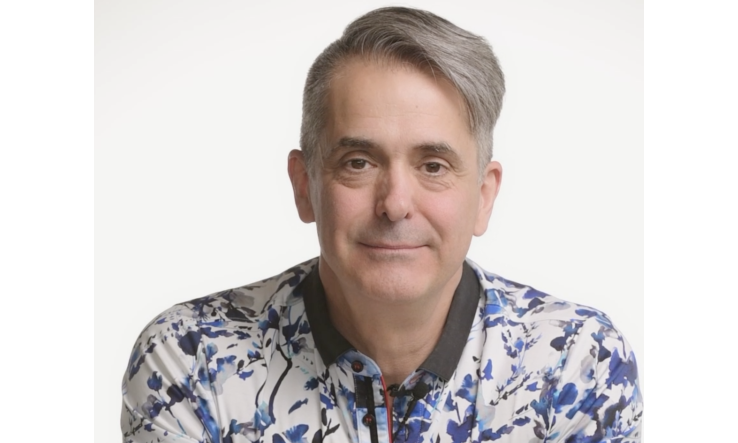





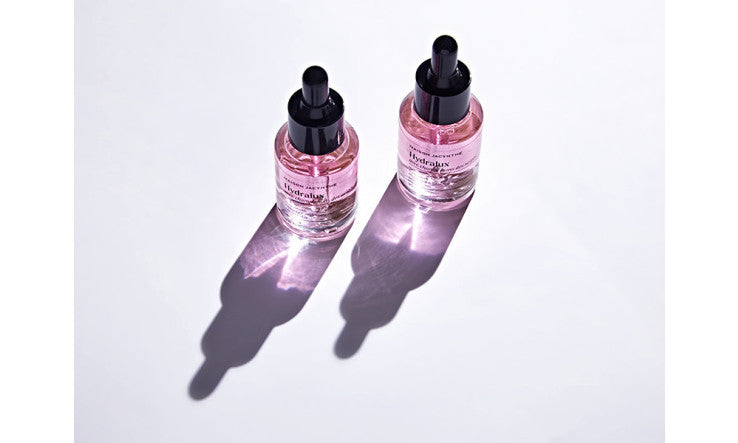






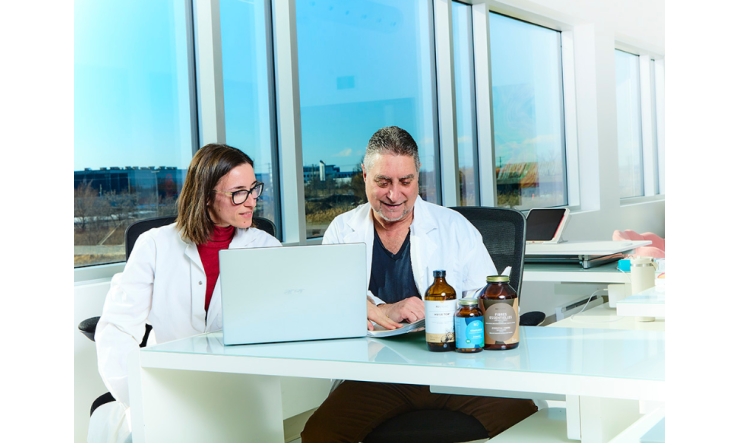
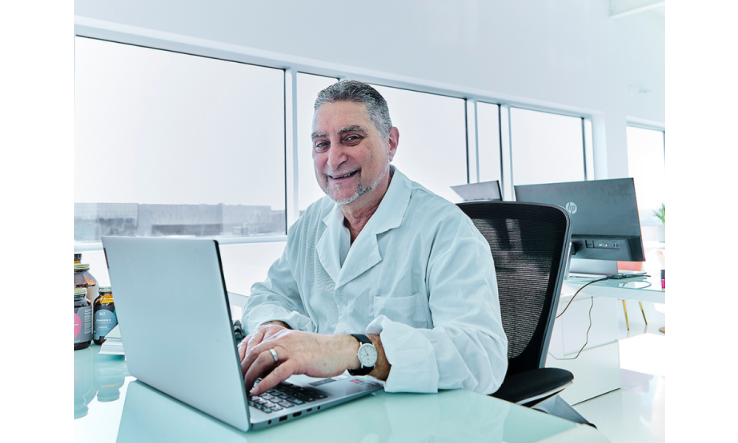
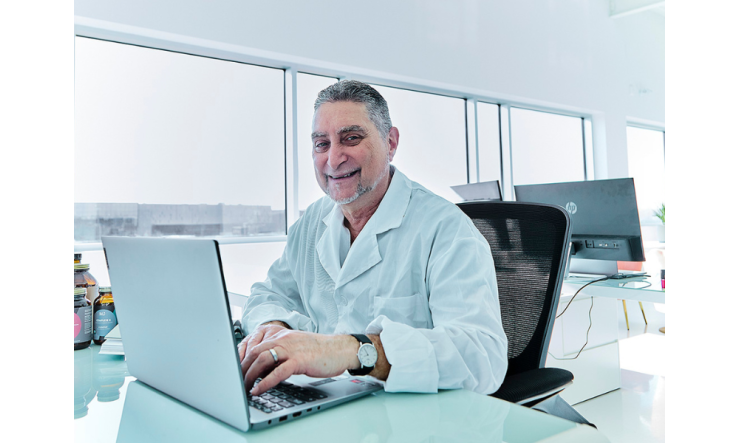

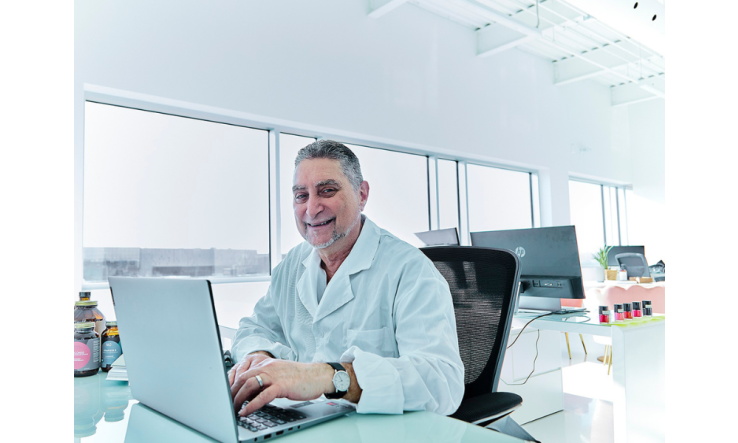
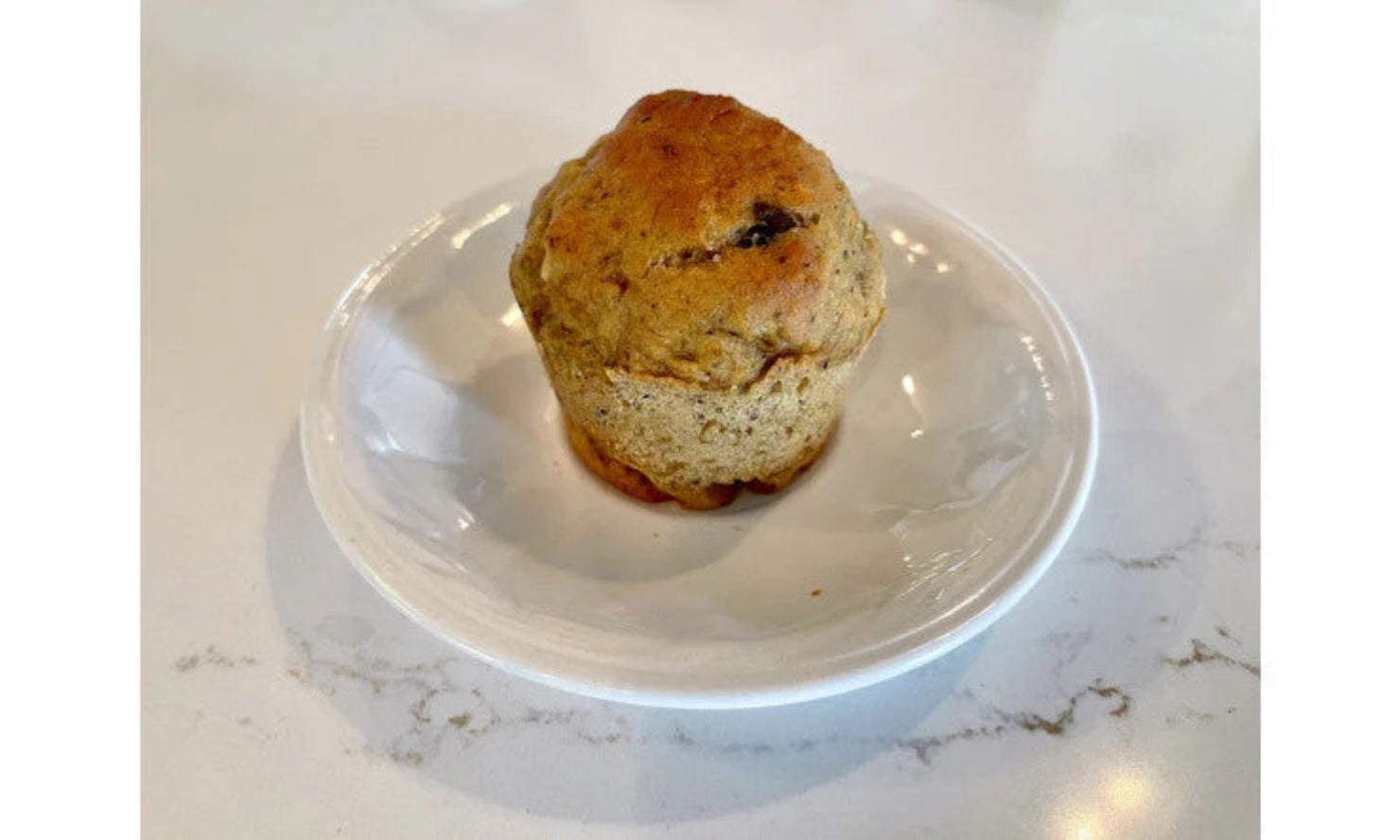
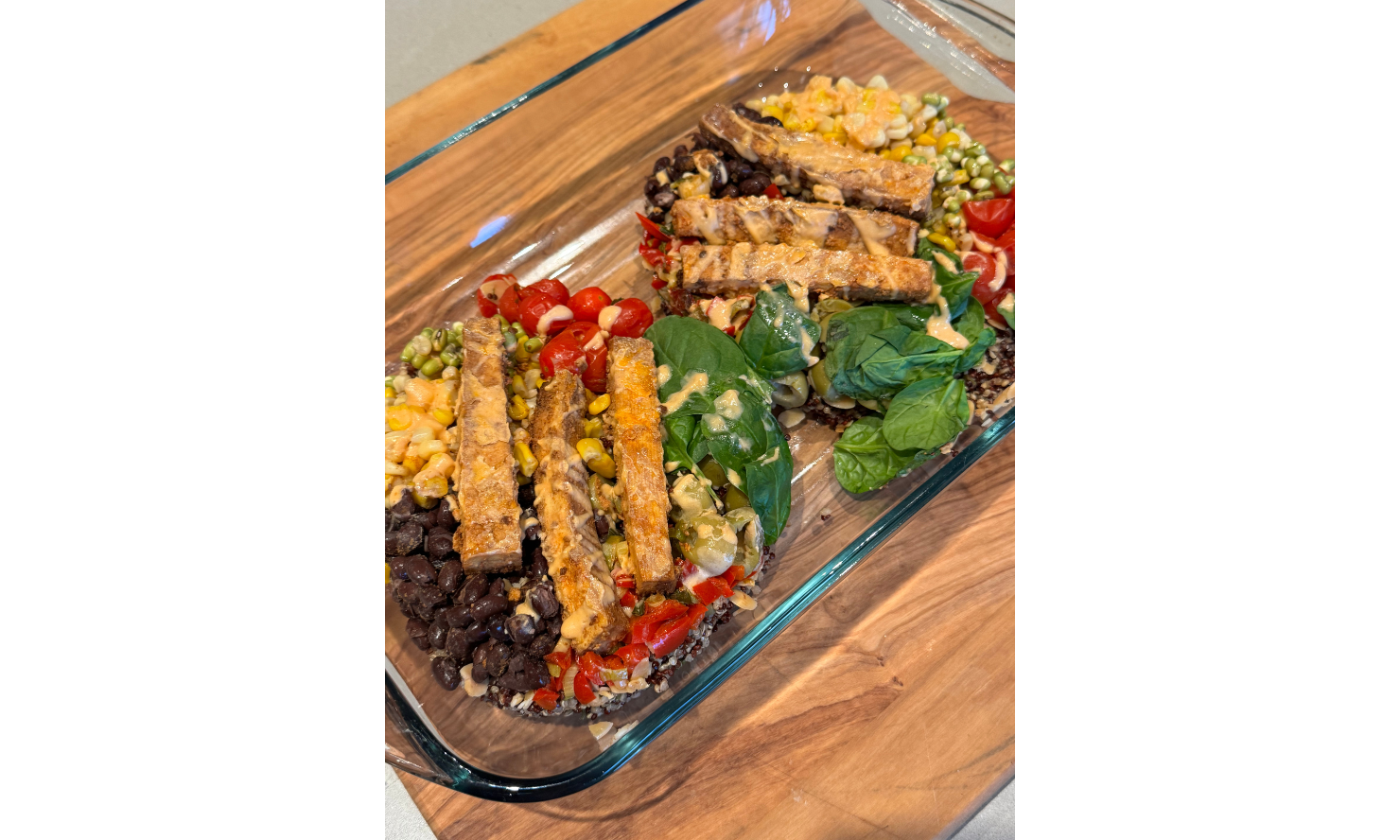




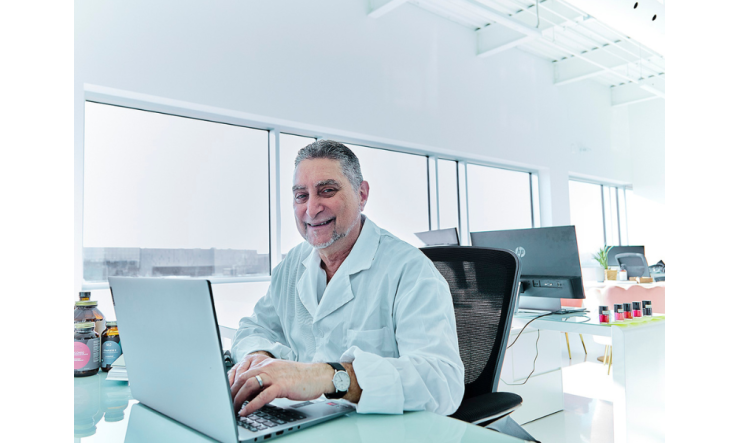

















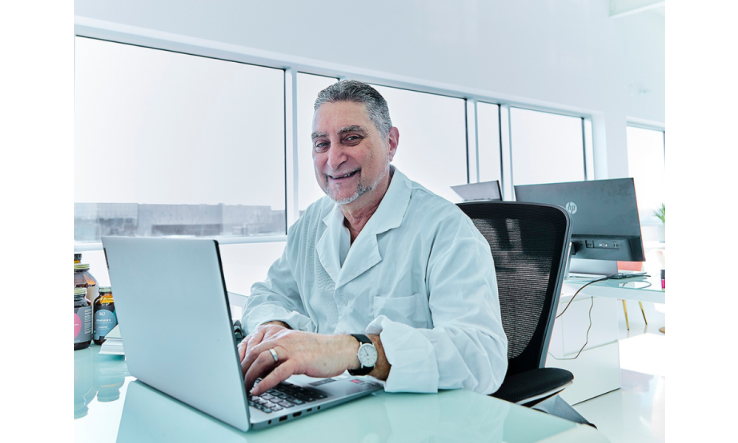





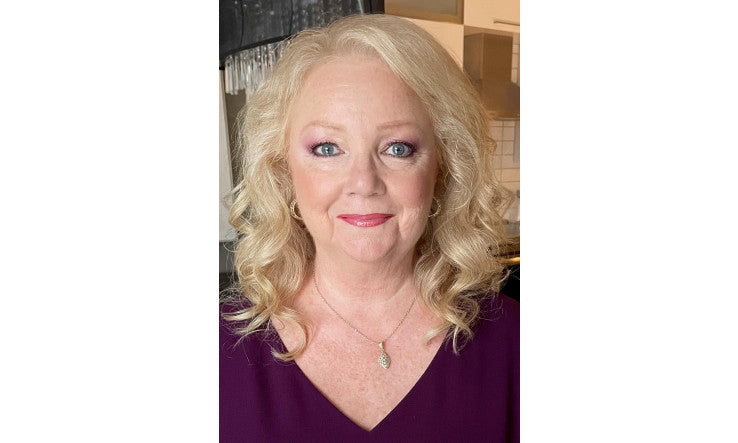

Laissez un commentaire